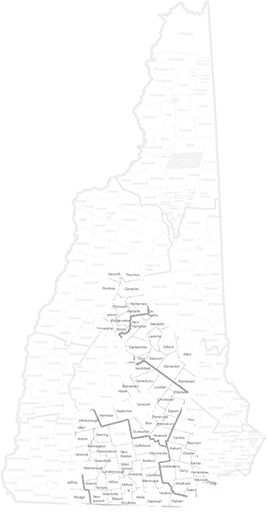Got Mold?
 Got Mold?
Got Mold?
Did you know just about EVERY home has mold?
Did you find mold growing in your home? How do you test it? Generally speaking, it is not necessary to test it, and definitely not time to panic. Usually, it does NOT present a health risk, however some people are very sensitive. These people may experience allergy-like symptoms such as stuffy noses, eye and skin irritation when exposed to molds. And, we should tell you it is possible to have a more severe reaction – particularly if there is a LOT of it that you are exposed to for long periods of time (ie: moldy hay in your barn). Severe reactions may include fever and shortness of breath. People that are Immuno-compromised and people with chronic lung diseases (like COPD) are at increased risk.
The best way to get rid of it is to prevent it in the first place. As routine maintenance (spring cleaning!) take a look around your home for evidence of water damage and visible mold. The conditions causing mold (such as water leaks and condensation) should be corrected to prevent it from growing.
Here are some helpful tips from the CDC:
- Keep humidity levels as low as you can—no higher than 50%–all day long. An air conditioner or dehumidifier will help you keep the level low.
- Use an air conditioner or a dehumidifier during humid months.
- Be sure the home has adequate ventilation, including exhaust fans in kitchen and bathrooms – leave them running for 20-30 minutes after you shower!
- Use mold inhibitors which can be added to paints. Better yet, use paint in kitchens and bathrooms that is designed to be used in high-humidity areas! (This is the time to splurge – don’t get the cheap stuff).
- Clean bathroom with mold-killing products.
- Do not carpet bathrooms.
- Remove and replace carpets that have been flooded.
Still have questions? Just ask us! We’ll be happy to share what we know, and can certainly put you in touch with a trusted mold professional in the area.

















